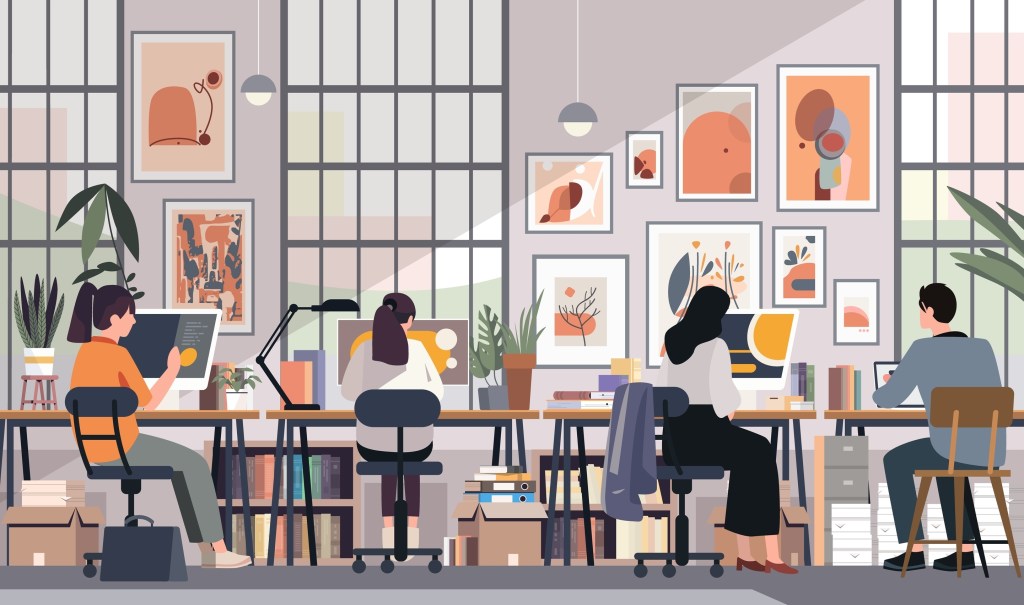The Psychology of Workspace Design and Productivity
The connection between our environment and how we perform at work is more than a matter of aesthetics — it’s rooted in psychology. Workspace design plays a powerful role in shaping our mindset, focus, creativity and even emotional well-being. Whether you’re working from a corporate office, a home setup or a dynamic coworking space, the design of that environment can either support or sabotage your productivity.
How Design Affects the Mind
At a basic level, humans are wired to respond to their surroundings. Bright lighting can stimulate alertness, while dim, poorly lit areas can induce fatigue. Open spaces may encourage collaboration but can also become overwhelming or distracting for tasks requiring deep focus. Understanding these psychological triggers helps explain why workspace design is so critical.
Color, for example, has been widely studied in psychology. Blue tones are linked to calmness and focus, ideal for analytical work, while yellow inspires creativity and innovation. Plants, natural light and views of nature have also been proven to reduce stress and improve cognitive performance. Even seemingly minor details like air quality and ergonomics have measurable effects on how well we concentrate and how long we can sustain mental energy.

The Rise of Coworking Spaces
Coworking spaces have emerged as a direct response to the evolving needs of modern professionals — particularly freelancers, remote workers and startups. These shared environments are more than just office rentals — they’re carefully designed ecosystems optimized for productivity and community.
Unlike traditional offices, coworking spaces often blend work with wellness. Many feature open layouts alongside quiet zones, offer wellness programs and integrate biophilic design (like green walls and indoor plants). This thoughtful balance between collaboration and solitude reflects what psychology tells us about managing different modes of work — people need both stimulation and refuge throughout their workday.
Moreover, coworking spaces provide a psychological benefit beyond the physical — a sense of belonging. Working from home can lead to isolation, but coworking introduces a low-pressure form of social engagement that boosts motivation and satisfaction. In fact, studies have shown that people who use coworking spaces often report higher levels of thriving and professional fulfillment compared to those in traditional offices.

Designing for Intentional Work
Ultimately, productivity isn’t just about working more — it’s about working smarter, in environments that support your mental and emotional needs. Whether designing a home office or choosing a coworking membership, it’s worth considering:
Lighting: Prioritize natural light or use full-spectrum bulbs to reduce eye strain and lift mood.
Noise control: Use noise-canceling headphones or acoustic panels for focused tasks.
Ergonomics: Invest in a comfortable chair, adjustable desk and screen setup.
Zoning: Create different areas for different tasks — a space for deep work, another for calls or collaboration.
Conclusion
Workspace design is not just about looking good, it’s about feeling and working better. By aligning our physical environments with psychological principles, we can unlock higher levels of performance, creativity and well-being. Whether through a perfectly tailored home office or a vibrant coworking space, the right environment can make all the difference. Click below to find out how Yardi Kube coworking software can help you manage the best coworking space that tends to your members’ needs.
